On January 28, 1986, the NASA Space Shuttle orbiter known as Challenger started to break down within 73 seconds after takeoff and it led to the deaths of the 7 crew members. Five of them were NASA astronauts while the other two were Payload Specialists. The spacecraft fell apart while flying over the Atlantic Ocean, specifically off the coast of Florida, in Cape Canaveral. The disaster occurred at 11:39 EST.
What Caused The Space Shuttle Challenger Disaster?
The breaking apart of the space shuttle started after an O-ring seal located in the right section of its solid rocket booster (SRB) didn’t work properly during the liftoff. This failure then lead to a breach in the SRB joint it was supposed to seal, causing pressurized burning gas found in the rocket motor to get to the exterior section. What followed next was the impingement on the adjacent SRB aft field joint attachment components, along with the fuel tank found in the exterior section. Soon, the field joint attachment separated and led to structural failure in the tank.
The compartment for the crew, as well as numerous other fragments of the vehicle, was later on discovered off the ocean floor. A lot of search and recovery efforts had to be done and up to this day, the precise timing of the crew’s death is still unknown.
Experts believed that some of the crew members managed to survive after the Challenger fell apart but the vehicle didn’t have an escape system in place, so it’s possible they died trying to get out. The impact of the shuttle when it hit the ocean surface was too severe for anyone to survive it.
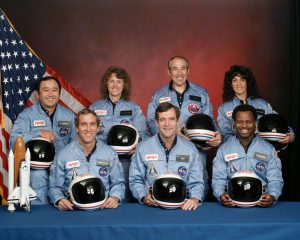
Aftermath Of The Space Shuttle Challenger Disaster
The Space Shuttle Challenger Disaster led to a hiatus in the shuttle program that lasted thirty-two months. Also, because of the incident, the Rogers Commission was formed. This is a special commission that United States President Ronald Reagan appointed to investigate the accident. The Rogers Commission reported that NASA’s organizational culture and their decision-making processes were the main factors that contributed to the disaster.
For instance, the commission found that NASA managers knew since that late 70s that the design made by contractor Morton Thiokol had a potentially disastrous flaw in the O-rings section. Nobody addressed the potential flaw at all. Furthermore, there were warnings from engineers that were disregarded. One warning was about the dangers of launching amidst low temperatures. Nobody reported these concerns to management.
Almost twenty percent of the US population witnessed the event live. There was a lot of media coverage of the takeoff and the subsequent accident. One survey found that as much as eighty-five percent of the United States population heard about the accident merely an hour after it occurred.
Today, the disaster of the space shuttle Challenger is used in many case studies to discuss safety in engineering, as well as the importance of following proper workplace ethics and protocols.
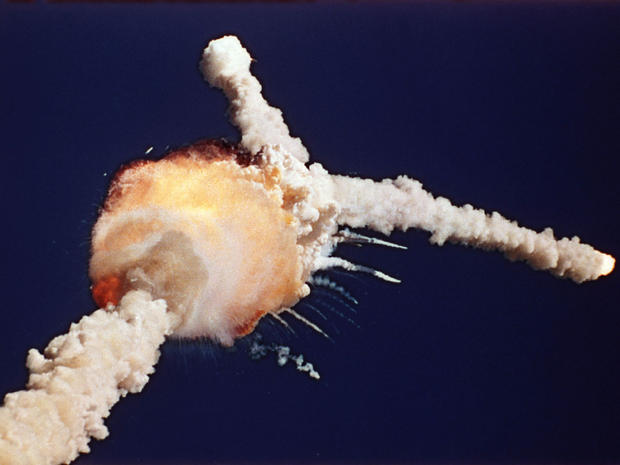

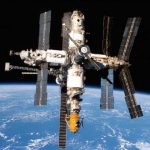

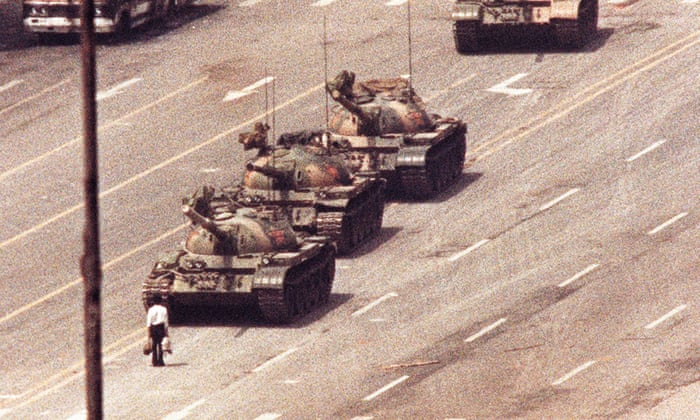
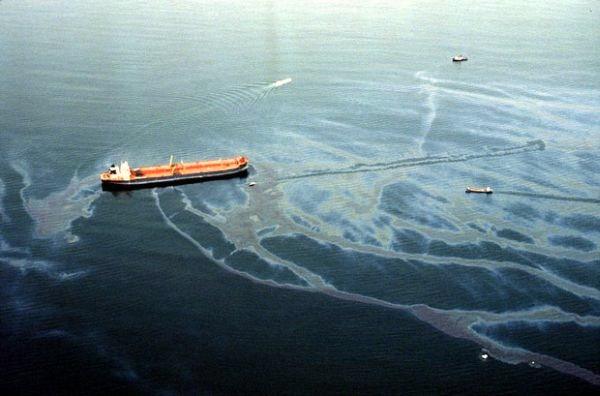
No Comments